Child-friendly neighbourhoods



Implementation Tips

The Online Toolkit
So, you’re interested in developing a child-friendly neighbourhood and implementing one of the schemes or interventions or have ideas for how to make your local neighbourhood or area around a school better for the communities. But, how do you go about making this happen?
Follow the Online Toolkit’s guidelines/procedures to make an impact in your local neighbourhoods/areas around a school. The Toolkit uses examples from the pilot case studies conducted at two schools in Bangladesh.
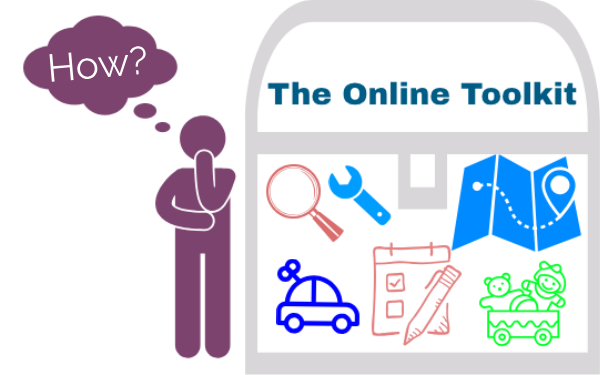
Step 1: Getting Started
- Set up a team, get the right people involved
- Form a relationship with your local stakeholders (such as the traffic police, the highway authority, the Department for Education, and others) and reach the wider community
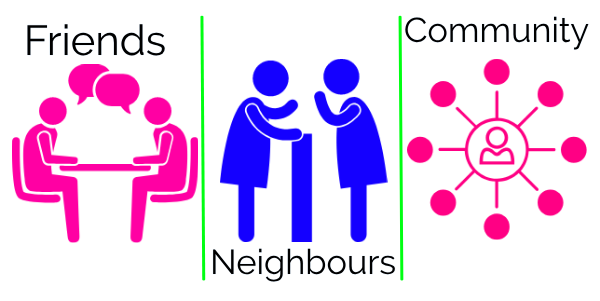
You can use the poster below to discuss the concept of Metamorphosis Global and help the children, guardians and community leaders to gather an understanding about this project

Step 2: Studying Your Local Neighbourhood
- Get to understand the physical character of your local neighbourhood and surrounding areas
- Gather evidence using surveys and photos/videos
- Continue to gain community support

You can use the materials below to study your local neighbourhood or areas surrounding a school.
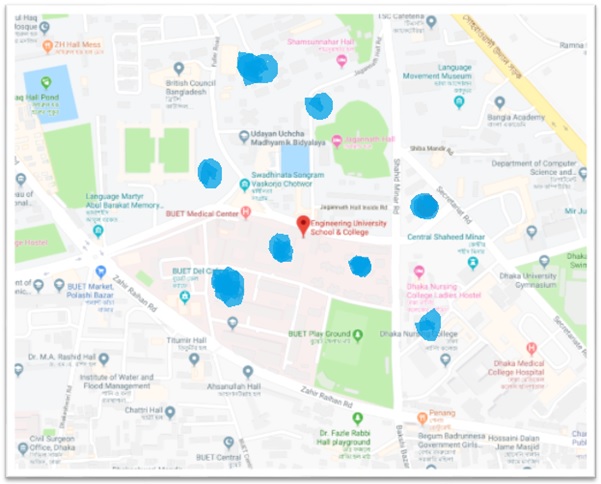
This step involves getting the children together and to carry out a hands-up survey. You can use the survey form below to conduct your own study.

This step involves getting parents or guardians to complete a survey. You can use the survey form below to carry out your own study/research.
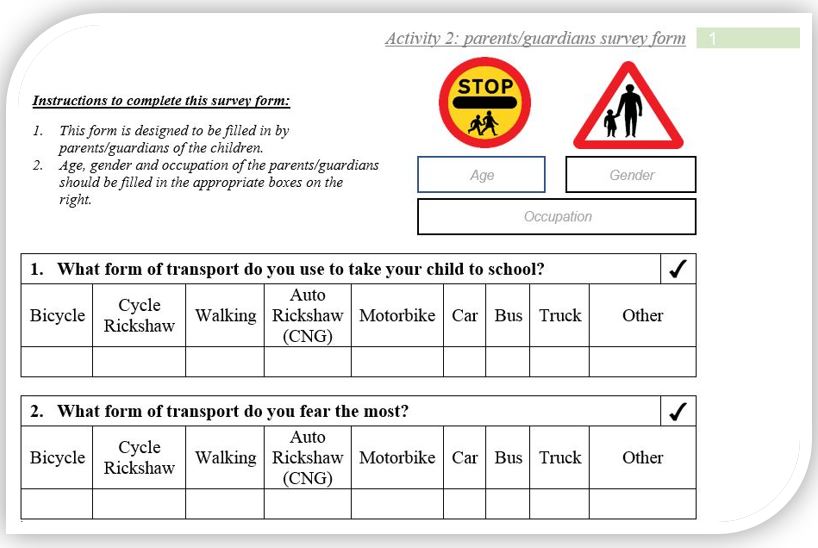
This step involves getting parents and teachers to carry out a survey and to collect information from the road users. Again, you can use the survey form below to carryout the study.
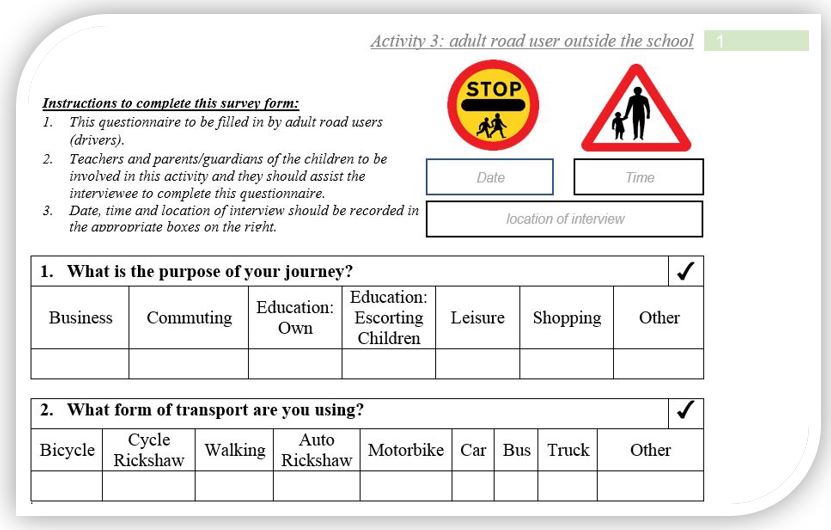
Step 3: Analysing & Comparing Your Findings
- Analyse the findings from your studies and compare them
- Think about what will make your neighbourhood more child-friendly
- Choose one or two schemes/interventions from the findings
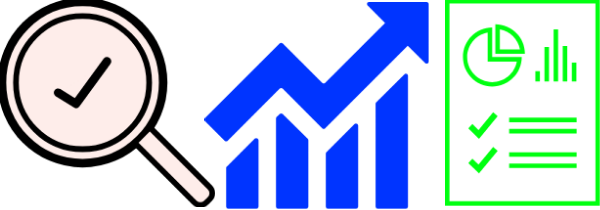
Step 4: Making a Plan for Your Proposal
- Identify issues to address
- Develop a vision
- Develop objectives and projects
- Prepare a plan your chosen scheme/intervention
